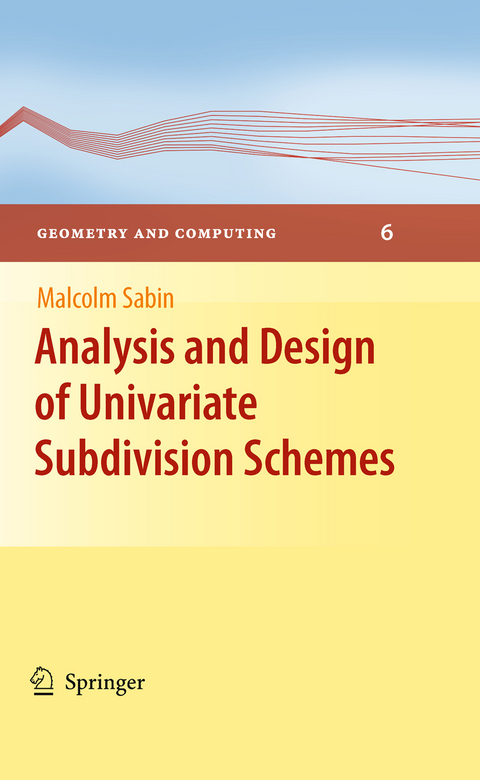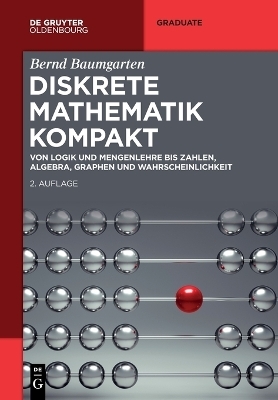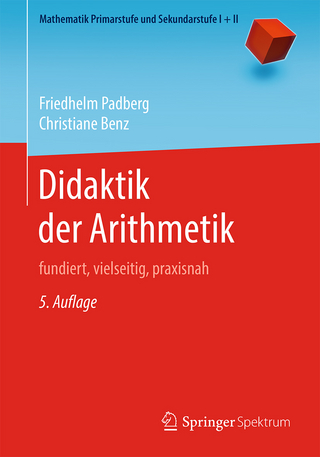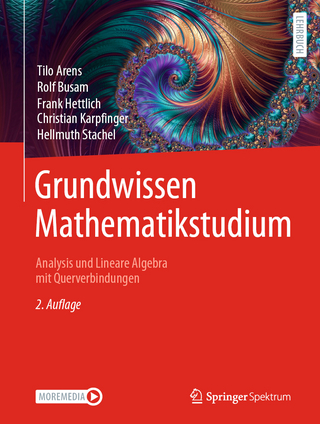
Analysis and Design of Univariate Subdivision Schemes
Springer Berlin (Verlag)
978-3-642-26449-8 (ISBN)
'Subdivision' is a way of representing smooth shapes in a computer. A curve or surface (both of which contain an in?nite number of points) is described in terms of two objects. One object is a sequence of vertices, which we visualise as a polygon, for curves, or a network of vertices, which we visualise by drawing the edges or faces of the network, for surfaces. The other object is a set of rules for making denser sequences or networks. When applied repeatedly, the denser and denser sequences are claimed to converge to a limit, which is the curve or surface that we want to represent. This book focusses on curves, because the theory for that is complete enough that a book claiming that our understanding is complete is exactly what is needed to stimulate research proving that claim wrong. Also because there are already a number of good books on subdivision surfaces. The way in which the limit curve relates to the polygon, and a lot of interesting properties of the limit curve, depend on the set of rules, and this book is about how one can deduce those properties from the set of rules, and how one can then use that understanding to construct rules which give the properties that one wants.
The author has spent his professional life on the numerical representation of shape.
Prependices.- Functions and Curves.- Differences.- B-Splines.- Eigenfactorisation.- Enclosures.- Hölder Continuity.- Matrix Norms.- Joint Spectral Radius.- Radix Notation.- z-transforms.- Dramatis Personae.- An introduction to some regularly-appearing characters.- Analyses.- Support.- Enclosure.- Continuity 1 - at Support Ends.- Continuity 2 - Eigenanalysis.- Continuity 3 - Difference Schemes.- Continuity 4 - Difference Eigenanalysis.- Continuity 5 - the Joint Spectral Radius.- What Converges ?.- Reproduction of Polynomials.- Artifacts.- Normalisation of Schemes.- Summary of Analysis Results.- Design.- The Design Space.- Linear Subspaces of the Design Space.- Non-linear Conditions.- Non-Stationary Schemes.- Geometry Sensitive Schemes.- Implementation.- Making Polygons.- Rendering.- Interrogation.- End Conditions.- Modifying the Original Polygon.- Appendices.- Proofs.- Historical Notes.- Solutions to Exercises.- Coda.
From the reviews:
"The analysis and design of subdivision schemes, by Malcolm Sabin, provides a practical approach to subdivision curve schemes based on the state of the subject mainly from the years 1972-2010 ... . The bibliography includes a fairly comprehensive list of references sorted by year of publication. ... It is appropriate for the computer science student wishing to learn about the subject, and can whet the appetite of the more mathematically inclined reader who is interested in further investigation of the subject." (Scott N. Kersey, Mathematical Reviews, Issue 2011 j)| Erscheint lt. Verlag | 13.10.2012 |
|---|---|
| Reihe/Serie | Geometry and Computing |
| Zusatzinfo | XIV, 218 p. 68 illus. |
| Verlagsort | Berlin |
| Sprache | englisch |
| Maße | 155 x 235 mm |
| Gewicht | 355 g |
| Themenwelt | Mathematik / Informatik ► Mathematik |
| Schlagworte | CAD • CAE • Computer-Aided Design (CAD) • Computergeometrie • Computer Graphics • Rendering • Splines • subdivision schemes |
| ISBN-10 | 3-642-26449-2 / 3642264492 |
| ISBN-13 | 978-3-642-26449-8 / 9783642264498 |
| Zustand | Neuware |
| Haben Sie eine Frage zum Produkt? |
aus dem Bereich


